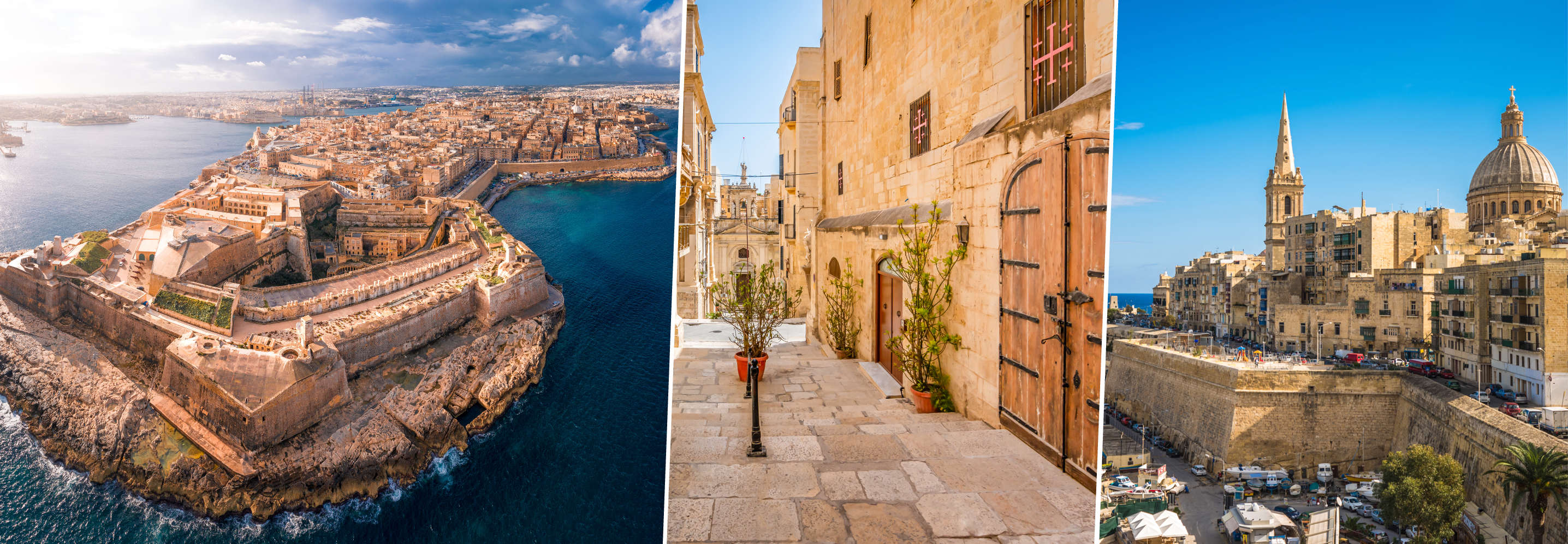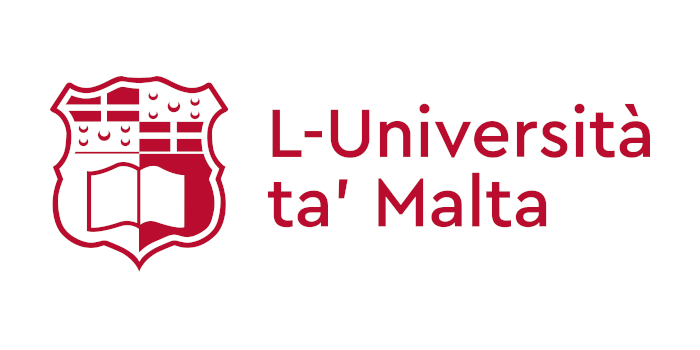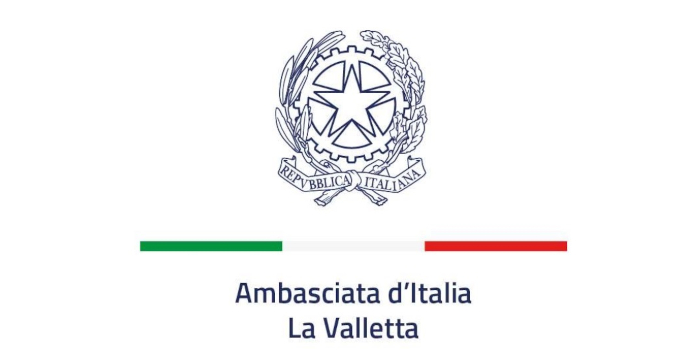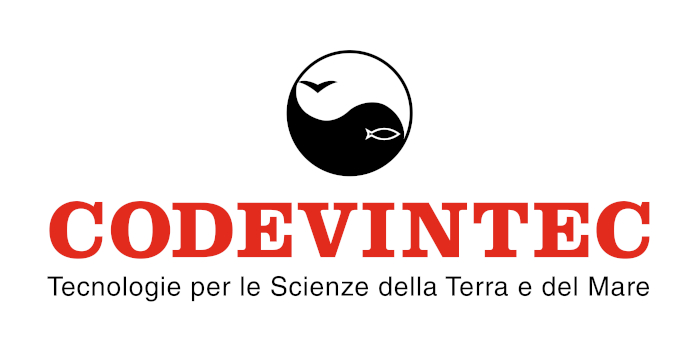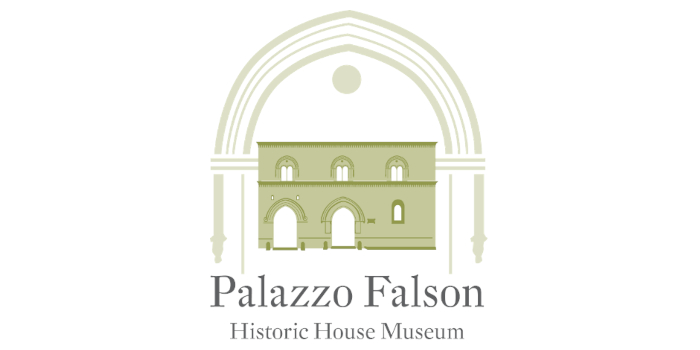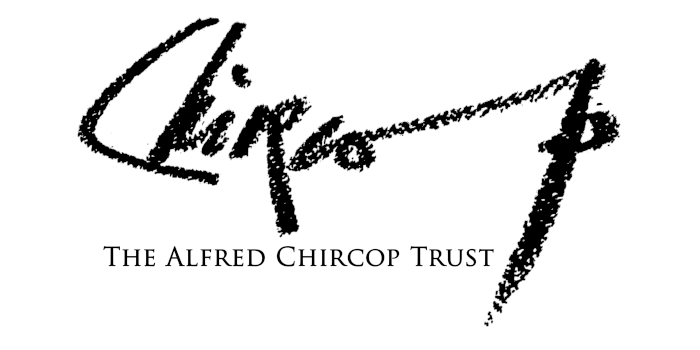SPECIAL SESSION #26
The Historical-Cultural Heritage Of Masonry Bridges: Dynamic Characterization And Vulnerability Assessment
ORGANIZED BY
Dora Foti
Polytechnic University of Bari, Italy
Nicola Ivan Giannoccaro
University of Salento, Italy
Fabio Rizzo
Polytechnic University of Bari, Italy
Maria Francesca Sabbà
Polytechnic University of Bari, Italy
ABSTRACT
Masonry bridges constitute a significant part of the prevalent infrastructural system in the Mediterranean area and beyond. Indeed, the majority of these bridges trace their origins back to ancient Roman times when they were constructed utilizing locally available materials, and in some cases, they continue to serve their purpose to this day. Consequently, extant examples warrant in-depth analysis, monitoring, and preservation, given their dual significance as essential infrastructures and invaluable testimonies of the world's historical and archeological heritage that emphasize the profound socio-cultural identity of the specific place and its inhabitants.
The critical nature and strategic positioning of these bridges necessitate urgent measures to safeguard them, involving an assessment of their current conservation state and the identification of restoration, consolidation, and retrofitting interventions to adapt them to the demands of modern transportation vehicles and various environmental and service loads. Consequently, the dynamic identification of these structures becomes necessary, albeit challenging due to two primary factors: the unknown constitutive and material aspects resulting from historical modifications and additions over time, and their considerable mass that makes complex the identification of their modal characteristics. Hence, the application of advanced, innovative and non-destructive techniques and methodologies therefore becomes essential.
Considerable endeavors have been directed towards this end as evidenced by the scientific literature. For this reason, the proposal of this Special Session aims to collect a comprehensive retrospective of the most relevant research endeavors in the field of dynamic characterization, numerical simulations, and vulnerability assessment of masonry bridges constituting the global historical-archaeological heritage, with the aim of monitoring their health status and ensuring their preservation.
ABOUT THE ORGANIZERS
Dora Foti, is Full Professor of Structural Engineering at the Polytechnic University of Bari. She obtained the title of European Doctor at the Universitat Politecnica de Catalunya in Barcelona, Spain in 1999.
In the field of teaching, she has given courses mainly in Structural Engineering for the degree courses in Civil Engineering and for the degree course in Architecture: Earthquake Engineering, Bridge design, Building consolidation, Static Restoration for Architecture. She has held lectures and seminars in numerous professional training courses as well as at Italian and foreign universities and research institutes. She is the author of over 250 scientific publications in the field of Structures, where she mainly developed the topics related to the seismic behavior of structures, the study of dissipation and isolation systems for steel and reinforced concrete structures, vulnerability and damage assessment in historical buildings, the dynamic identification of buildings and infrastructures and the study of the effects of dynamic actions on bridges, innovative materials for constructions. She has participated in numerous invited seminars both in Italy and abroad.
She was Visiting Professor at the University of California at Berkeley, at the Universitat Politecnica de Catalunya in Barcelona, at the Pontifical University of Chile.
Since 2004 she has been a member of many PhD Committees: Doctoral School in Industrial and Civil Engineering - Nicolò Cusano University, Rome; Doctorate of the Universidad de Alicante, Spain (as an international expert); board of professors of the II level international Master in "Emerging Technologies for Construction"; School of Specialization in Architectural Heritage and Landscape based in the Polytechnic of Bari. She is currently a member of the Ph.D. Board in "Knowledge and innovation in the heritage project" of the Department of Civil Engineering and Architectural Sciences (DICAR) of the Polytechnic University of Bari.
She has participated in several national and international scientific projects, both as coordinator (Interreg Greece-Italy, ECOEST, SERIES, SERA) and member of the research team (PRIN, PON, Strategic, ReLuis, etc.). She is an experienced project auditor on behalf of national and international institutions.
Finally, she is Scientific Responsible for various conventions and framework agreements between the Polytechnic of Bari and Italian and foreign institutions
Nicola Ivan Giannoccaro, was graduated in Electronic Engineering in 1996 at the Polytechnic University of Bari and received the Ph.D. in ‘Advanced production systems’ in 2000 at the same Academic Institution. In 2001 he became Researcher in Applied Mechanics at the Innovation Engineering Department of the University of Salento. In 2014 he became Associate Professor in Applied Mechanics at the same University where he teaches several courses referred to the subjects 'for Machines and Mechanical Systems', 'Mechatronics', 'Mechanical Devices and Systems'. His research activity is mainly carried out in the field of mechatronics, automation, control of mechanical systems, and signal analysis (particularly modal analysis). He participated to several research projects: national ones (MIUR 2001-2003, 2003-2005 Regione Puglia 2006-2008), European ones (PON 2000-2006, CNR) and international ones (Matsumae Foundation, Japan, Japan Society for Promotion of Science, JSPS, Japan).
His research activity has resulted in more than 120 scientific papers, published in journals or presented to national and international conferences and he is a reviewer of several international journals.
Fabio Rizzo, is a PhD in Structural Engineering and Assistant Professor (R.T.D.B.) in Structural Engineering at the Polytechnic University of Bari, Italy, Department of Architecture, Construction and Design. In 2022, I held the position of Assistant Professor at Cracow University of Technology, Chair of Bridge, Metal and Timber Structures/L-3, Cracow, Poland, and from 2018 to 2021, the position of Researcher (i.e. RTDA) at the Department of Engineering, University G. D’Annunzio, Chieti-Pescara, Italy. In 2021, I occupied the position of researcher at the Wind laboratory of the Cracow University of Technology thanks to the scholarship funded by the NAWA (Polish National Agency for Academic Exchange). I worked as a visiting researcher at the Northeastern University in Boston (U.S.A.), at the Louisiana State University in Baton Rouge, (U.S.A.), at the Columbia University in New York City (U.S.A.) and at the West Ontario University, London Ontario, Canada.
From September 2022, I am teaching Structural Design and Structural Morphology at the Polytechnic University of Bari, Italy, Department of Architecture, Construction and Design. In 2021 I taught Basics in structural engineering, Timber structures and machine design at Cracow University of Technology Cracow, Poland, and from 2014 to 2021 Structural Engineering at University G. D’Annunzio, Chieti-Pescara, Italy. I am member of ANIV (The Italian Association for Wind Engineering), IAWE (the International Association of Wind Engineering) and of the CRIACIV (Interuniversity Research Center of Construction Aerodynamics and Wind Engineering). I took part of four national research projects PRIN (Research Projects of National Relevance) projects, five international research projects, one SERA (Seismology and Earthquake Engineering Research Infrastructure Alliance) project and one Horizon 2020 project, two Eries projects and one Cost. In 2018, I was involved in the writing of the CNR (National Research Council of Italy) n.207-DT documentation in which my original data has been incorporated. My graduation thesis in Architecture was awarded by the Costruzioni Metalliche journal as the best thesis in Engineering and Architecture for the year 2005. In 2012, one of my own publications has received the special mention from The Italian Association for Wind Engineering award. My research interest areas are: structural dynamics, flexible structures, dynamic identification and wind engineering.
Maria Francesca Sabbà, (female) is a Ph.D. (European Doctor) in Structural Engineering and Research Fellow (R.T.D.A.) in the Department of Architecture, Constructon and Design (ArCoD) of the Polytechnic University of Bari, Italy.
Her field of interest is Structural Engineering, in particular: Earthquake Engineering, Masonry Building Behavoiur and Consolidation. She is co-author of 24 scientific publications in the field of Structures, where she mainly developed the topics related to the seismic behavior of structures, the Vulnerability and Damage Assessment in Historical Buildings, the Dynamic Identification of Buildings and Infrastructures and the Dissipating Frames for reducing energy consuption and seismic effects on buildings.
She has intervened to some seminars/converence both in Italy and abroad and has partecipated to some national and international projects:
- PRIN;
- ReLuis;
- Interreg Greece-Italy.

